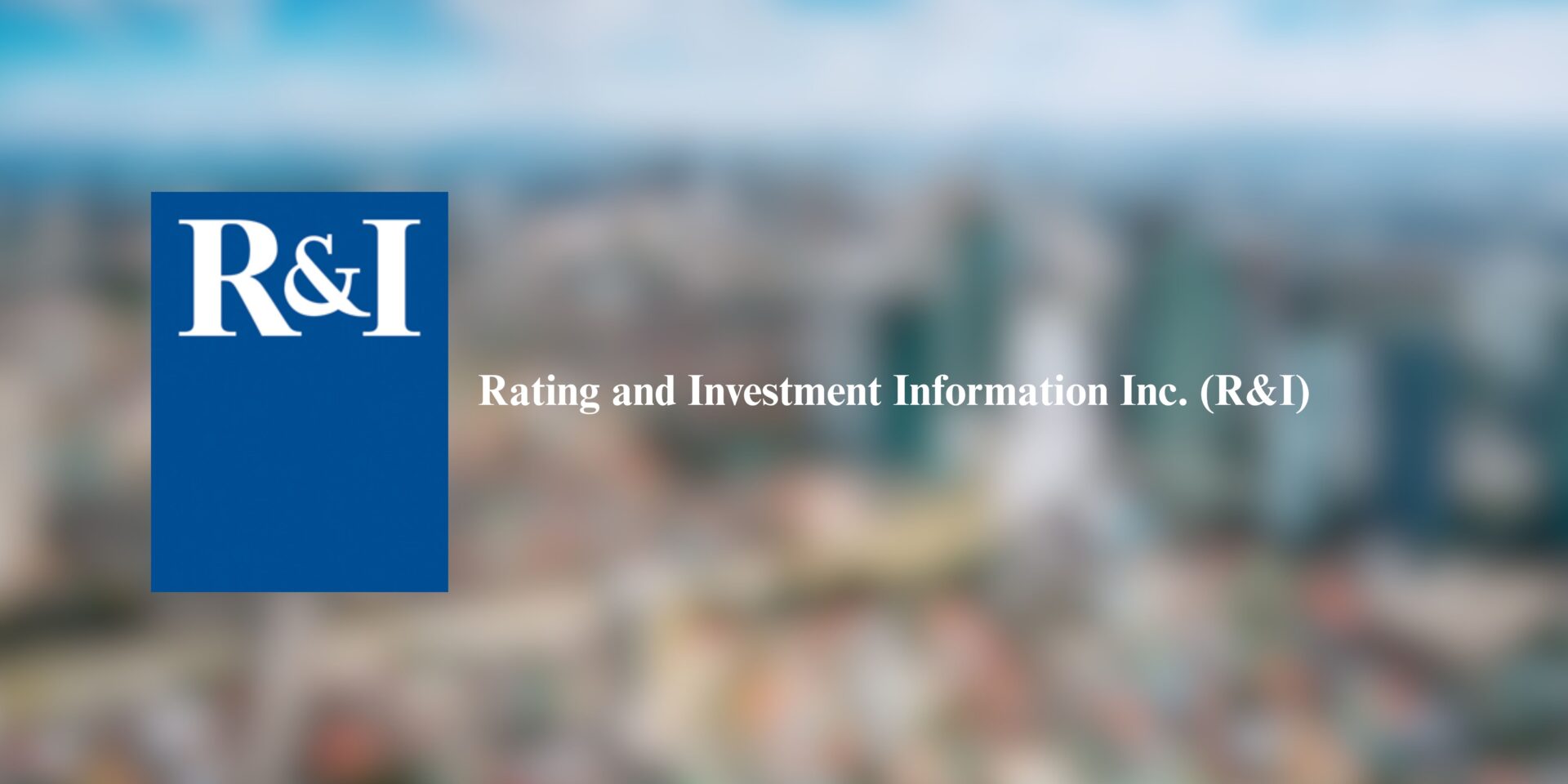The Philippines kept its investment grade credit rating at “A-” with a stable outlook as the economy has sustained its firm growth trajectory, Japan-based debt watcher Rating and Investment Information Inc. (R&I) said.
R&I cited the Philippine economy’s limited external risks and the government’s fiscal consolidation drive.
“The Philippines is expected to realize stable economic growth and higher income levels against the backdrop of robust investments and population growth,” the credit rating agency said in a report released late Wednesday
The agency has kept the same investment grade rating for the Philippines since August 2024, with the “stable outlook” pointing to the medium-term prospects for the rating.
R&I also cited a sustainable growth path for the economy as the country continued to report one of the strongest growth rates in Southeast Asia.
Support comes from steady domestic consumption, sustained infrastructure spending, and the expansion of information technology-business process management (IT-BPM) and electronics manufacturing, R&I said.
Gross domestic product (GDP) grew 5.5 percent in the second quarter of 2025, slightly faster than the 5.4 percent in the first quarter, and the quickest since the slowdown from a high of 6.5 percent posted in the second quarter of 2024.
The latest GDP is still at the low end of the government’s 5.5 to 6.5 percent full-year 2025 target, bringing the first-half average to 5.4 percent.
Inflation, meanwhile, has eased significantly to its lowest level in six years at 0.9 percent in July, bringing the year-to-date average at 1.7 percent on the back of lower rice prices. R&I said this has created a favorable outlook for growth momentum.
Although the current account remains in deficit, largely due to higher imports of construction materials and other capital goods, R&I said this reflects the government’s infrastructure program and potential for future expansion.
“Despite the current account mostly in deficit, the stability of items in surplus is maintained including the steadily increasing remittances,” R&I said.
It further noted that strong overseas Filipinos’ remittances and adequate foreign exchange reserves will keep external risks “limited.”
R&I does not see the potential impact of the US reciprocal tariffs on Philippine goods alarming — at 19 percent — and said it is relatively low. The country’s exports to the US comprise only a small portion of the Philippines’ overall trade.
The Marcos administration, under the Philippine Development Plan 2023-2028, has committed to accelerating infrastructure development, encouraging private sector participation through public-private partnerships, and expanding investments to generate jobs and reduce poverty.
“Eyes are on progress in further improving the country’s fundamentals for sustained economic growth under the Marcos Jr. administration,” R&I said.





